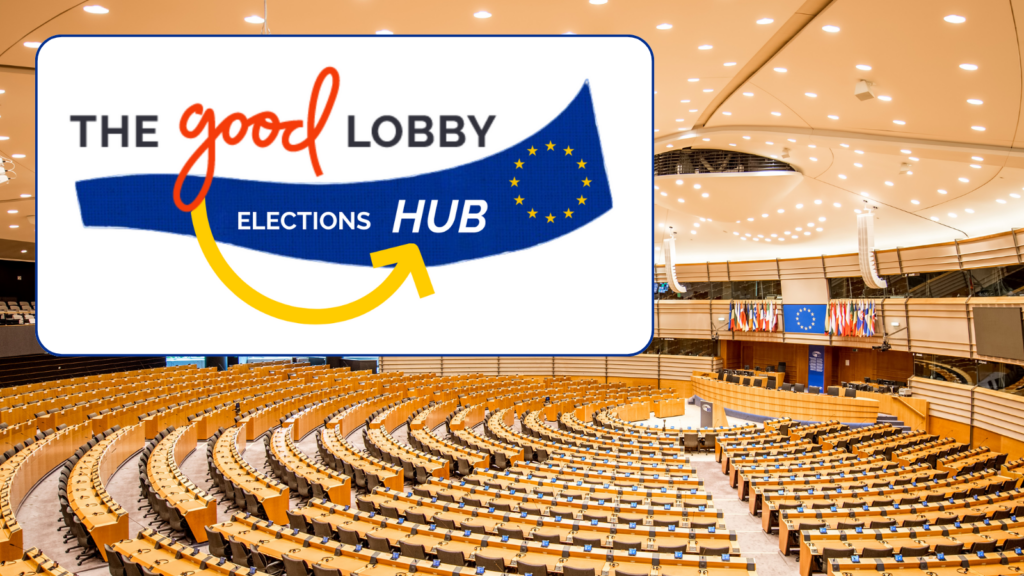04-06-2024
As we approach the 2024 EU election period, many associations have adopted their manifestos, setting out their priorities for the 2024-2029 policy cycle. This ritual is more than a formality; it’s a strategic exercise with significant implications for associations, lawmakers, and the public. Yet too often, manifestos go unread, leading its authors to wonder whether taking the time to draft one is worth it.
The strategic importance of manifestos for associations
In the context of an association — any organisation comprising a variety of members, be they industry representatives, professional organisations, or NGO— the importance of a manifesto cannot be overstated. Manifestos can help an association position itself vis-à-vis lawmakers, public officials, and the wider public. They also serve as a roadmap for advocacy, outlining the association’s stance on key issues and its vision for the future.
Internal cohesion and consensus building: the underrated aspect of a manifesto
At its core, a manifesto is an internal exercise designed to define a common position across an organisation that gathers a multitude of diverse actors— be they large corporations, small organisations, or other types of stakeholders. The process of crafting a manifesto is inherently valuable, even if the final document goes unread by outsiders. It fosters internal cohesion, encouraging members to negotiate, compromise, and settle on ambitious positions that reflect a collective interest. This consensus-building process can transform divergent views into a powerful, unified voice. On the other hand, a lack of ambition can produce a manifesto that includes little more than the minimum common denominator shared by its members. Perhaps this may be why so many manifestos end up looking almost identical.
Expertise and preparedness for engagement with officials: the long game
Manifestos allow associations to assert their expertise on pertinent issues. Even if the issues outlined are not immediately relevant to policymakers, having well-articulated positions on record can become useful when unforeseen challenges arise (e.g. the farmers’ strikes throughout Europe). In times of crisis, policymakers often turn to established experts for guidance. A well-crafted manifesto can position an association as a go-to resource, ready to provide insights and solutions.
Signalling to stakeholders: manifestos as a launchpads for strategic alliances
A manifesto also serves as a signal to other stakeholders, clearly stating what the association stands for. This clarity helps other organisations, potential allies, and even adversaries understand where collaboration or confrontation might be necessary. By articulating its principles and priorities, an association can attract partners with shared interests and values, fostering strategic alliances and enhancing its influence. Here again, the more refined a manifesto, the better chance it will have to signal a true position to the public. Platitudes will not go a long way.
Engaging with the public: the first building block for institutional credibility
Can your organisation look back to a decades-old manifesto and still stand by its contents? It should. A manifesto is an opportunity for an association to state its intentions, commit to specific actions, and even make promises to society. Bold but realistic commitments can significantly enhance an association’s credibility among the public and other stakeholders. Consider including explicit promises and commitments you plan on achieving in the foreseeable future. Generating clear expectations, and eventually delivering on them are the gold standard for building credibility. Needless to say, this is a double edged sword. If you decide to be bold, make sure to be able to back it up.
Lastly, give your audience a reason to read!
When was the last time you read somebody else’s manifesto? Manifestos often suffer from a lack of focus on account of the diverse audience that they seek to reach. It is important to figure out who your audience is and draft accordingly. Generating interest within the institutions is a fundamentally different task from creating buzz with the general public. If necessary, you can always consider drafting various versions aimed at different audiences. Above all, make sure to give your audience a reason to take the time to read.
Written by
Prof Alberto Alemanno and Enrique González-O’Brien
Are you ready for the EU elections?
The Good Lobby Elections HUB